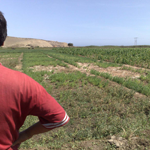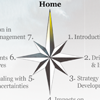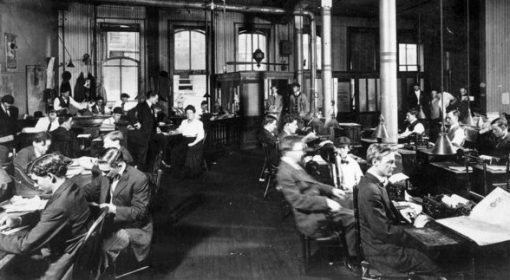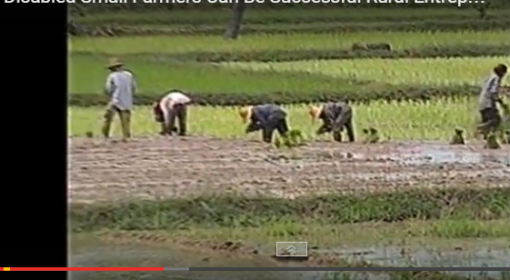In the Arab region, many women represent the largest group of beneficiaries of improved water services and direct users of water, says Atef Hamdey, Emeritus Professor, Water Resource Management (2009). They also safeguard their water resources, and thus do much of the water management. However, the role of women to have a voice in water management draws little attention. Sound development outcomes cannot be effective and maintained without focusing on the different interests and needs of women and men, as both should equally inclusive. According to the Millennium Development Goals (MDGs), gender equity should be strongly promoted; this also includes the water sector (AWC, 2011; UNDP, 2013). In addition to that, this is highlighted in the concept of Integrated Water Resource Management (IWRM).
However, in many Arab countries, men and women do not have an equal voice in water resources management, or are not equally involved in the process (Atef Hamdey, 2009; Breisinger et al., 2010). Hence, women do not share the same benefits compared to men.
Issues and evidence of common gender problems in the water sector
According to Atef Hamdey (2009), he argues that evidence from various studies show gender favoritism within household consumption and investment in human capital. In the context of poverty, women live a tougher life compared to men. They are often the last to eat, and the first to be withdrawn from school if livelihood conditions become dire. And when it comes to health, it is unlikely for them to seek medical care.
Furthermore, Atef Hamdey (2009), emphasizes five kinds of common gender problems that stem from traditional cultural norms. They are:
- gender inequality in employment
- gender separation in irrigation management
- capacity building required at all levels (e.g. at community and project management levels)
- self-esteem
- public participation
These problems require a deeper understanding of why gender inequality exists. For example, according to the experience of Chrisje van Schoot (2014), an independent consultant and gender specialist, claims that in some Arab countries such as Yemen, engineers pose the biggest obstacle to gender mainstreaming. The reason behind this is that “they can not observe anything else but the technical aspects, that they have to include people in their infrastructure. And sometimes they form an example, so local colleagues follow their attitudes”, says van Schoot. This attitude and behavior sets a negative example for local colleagues.
Another example from her experience on gender inequality in employment in Yemen is that men and women are separated for many activities. This is also seen in water projects. Chrisje van Schoot (2014), also argues that, “we used to have separate cars for the female educators to go to the women’s meetings in the villages. But when the men’s car would break down, they would confiscate the women’s car. Or, it would disappear to the director of such a project”.
Developments in mainstreaming gender equality
In recent years, the mainstreaming of gender equality has been more emphasized, especially in projects that use the bottom-up approach, which encourages equal participation of women in decision-making.
Although, the gaps still exist, often gender mainstreaming is not well outlined. However, according to a 2013 study conducted by the UN Development Programme (UNDP), a gender policy is set-up in all Arab countries that will address gender issues and define clear roles’ about its importance. Besides, the idea of a gender policy is to “address the equality of access to the potential benefits of water resource development from the perspective of both men and women”, says Atef Hamdy (2009). In Arab countries such as Kuwait and Yemen positive changes are occurring with regards to gender policy (Breisinger et al., 2010; UNDP, 2013). However, these written policies are not practiced yet. Many projects still pay little attention to gender sensitization, awareness and the understanding of gender equality, which seems to be prevalent in project agencies and communities.
Moreover, a weak gender policy is also linked to the lack of willingness and motivation that exists in individual, private and governmental levels. So, even though some countries are experiencing changes, the questions remain: what initiatives are required to raise gender issues and support the development and promotion of women’s professions? Can a better beginning lie in the hands of individuals and families’ perspectives to demand equal rights, and not only from the government?
References
- Arab Water Council (AWC). (2011). 2nd Arab Water Forum. Synthesis Report
- Breisinger, C., van Rheenen, T., Ringler, C., Nin Pratt, A., Minot, N., Aragon, C., Yu, B., Ecker, B., and Zhu, T. (2010). Food Security and Economic Development in the Middle East and North Africa Current State and Future Perspectives
- Water Governance in the Arab Region. Managing Scarcity and Securing the Future
- Personal interview with independent consultant and former gender specialist at Gender and Water Alliance (GWA) Chrisje van Schoot
- Why Gender Matters: A Tutorial for IWRM



